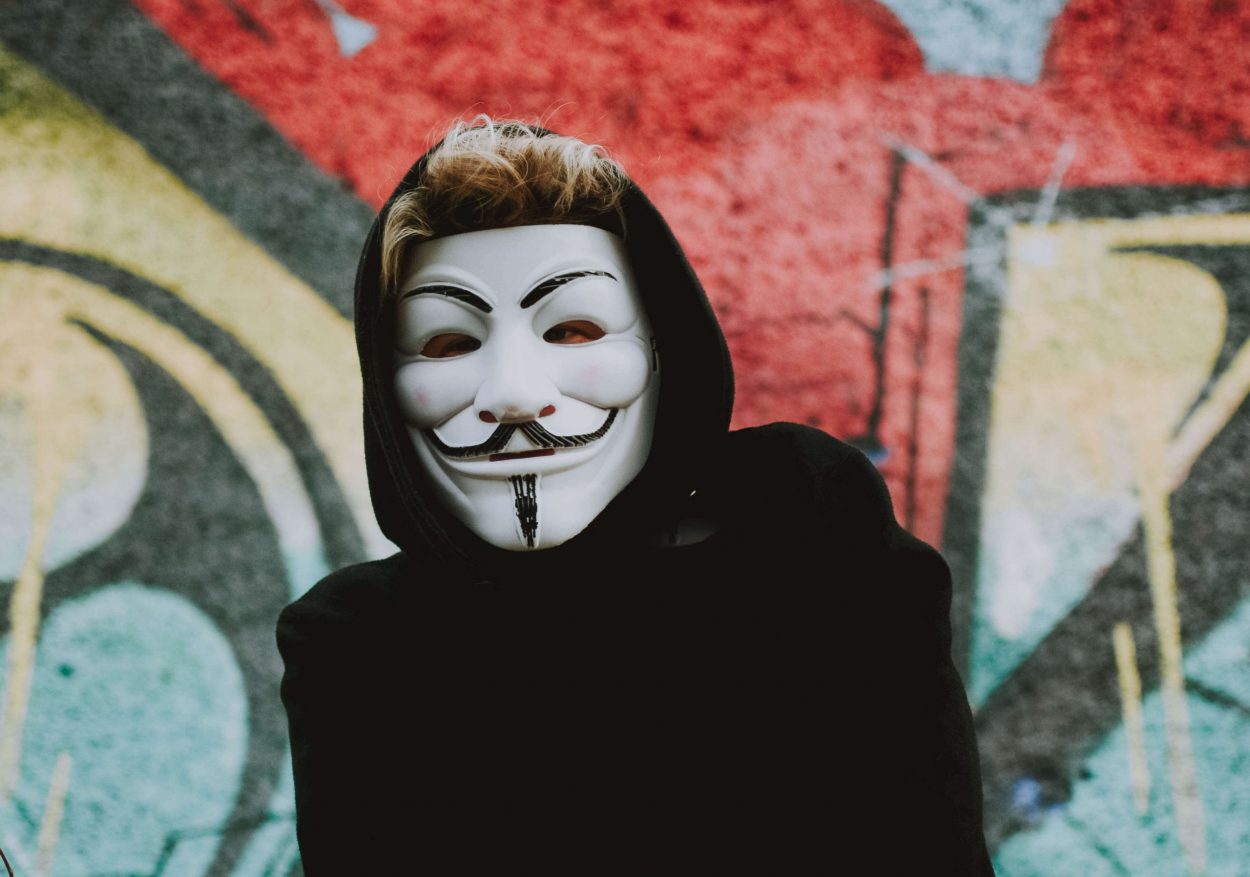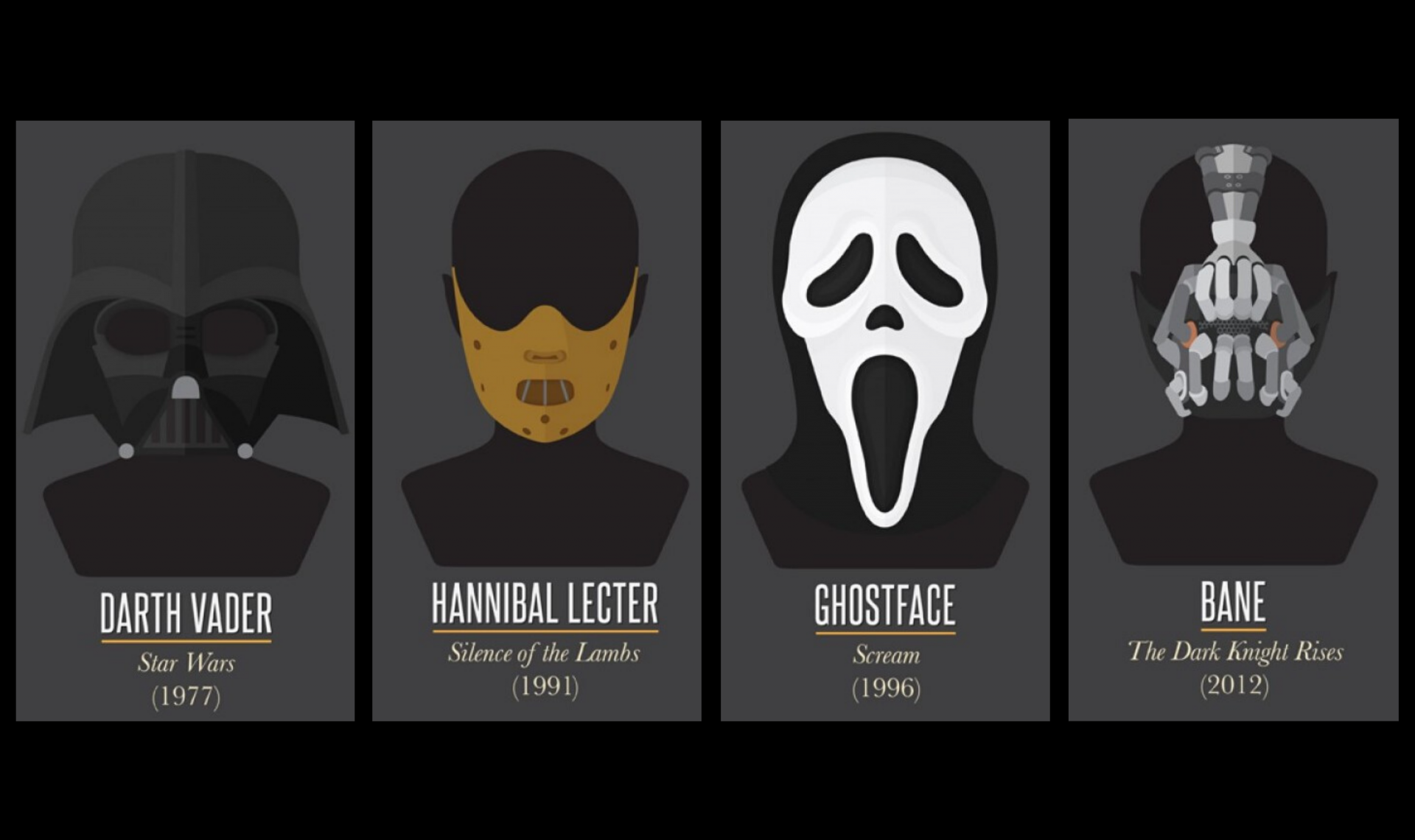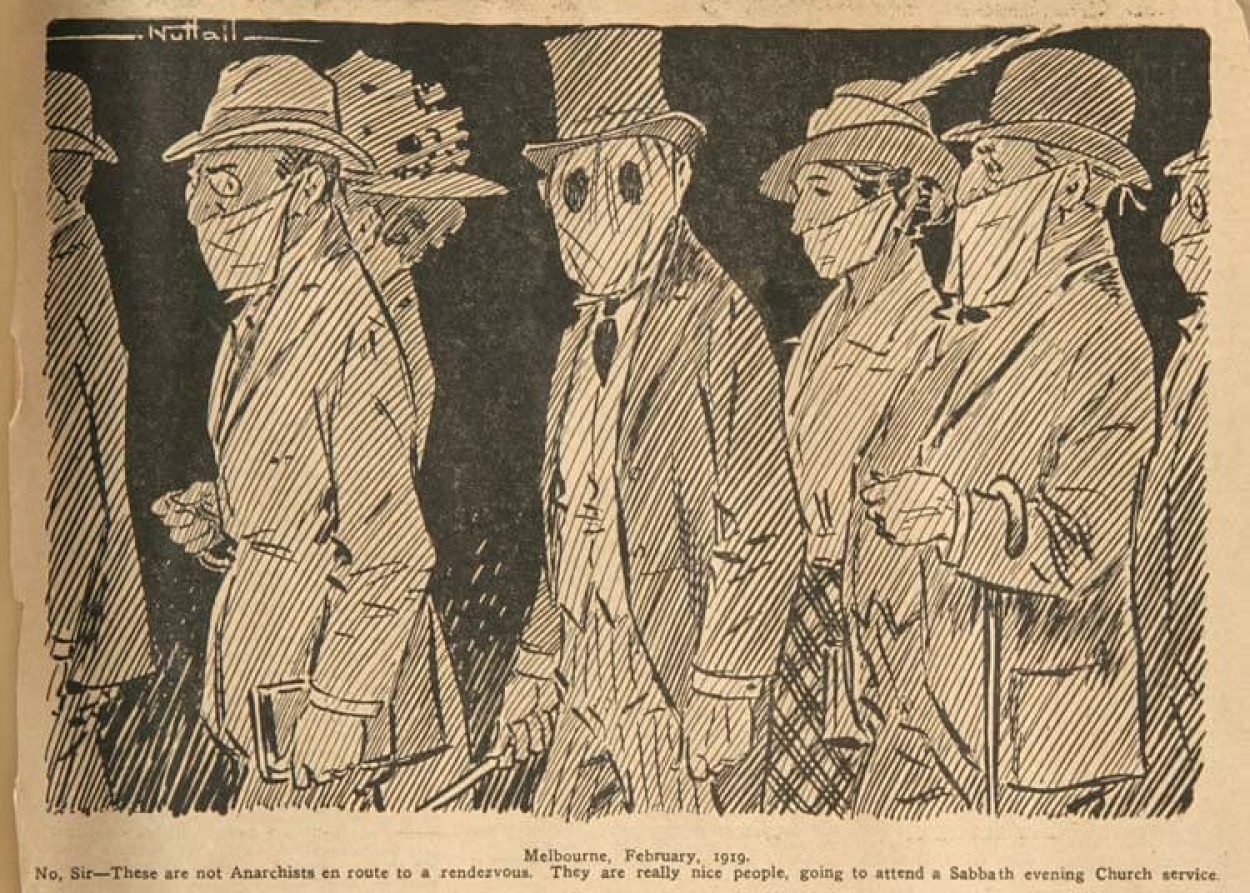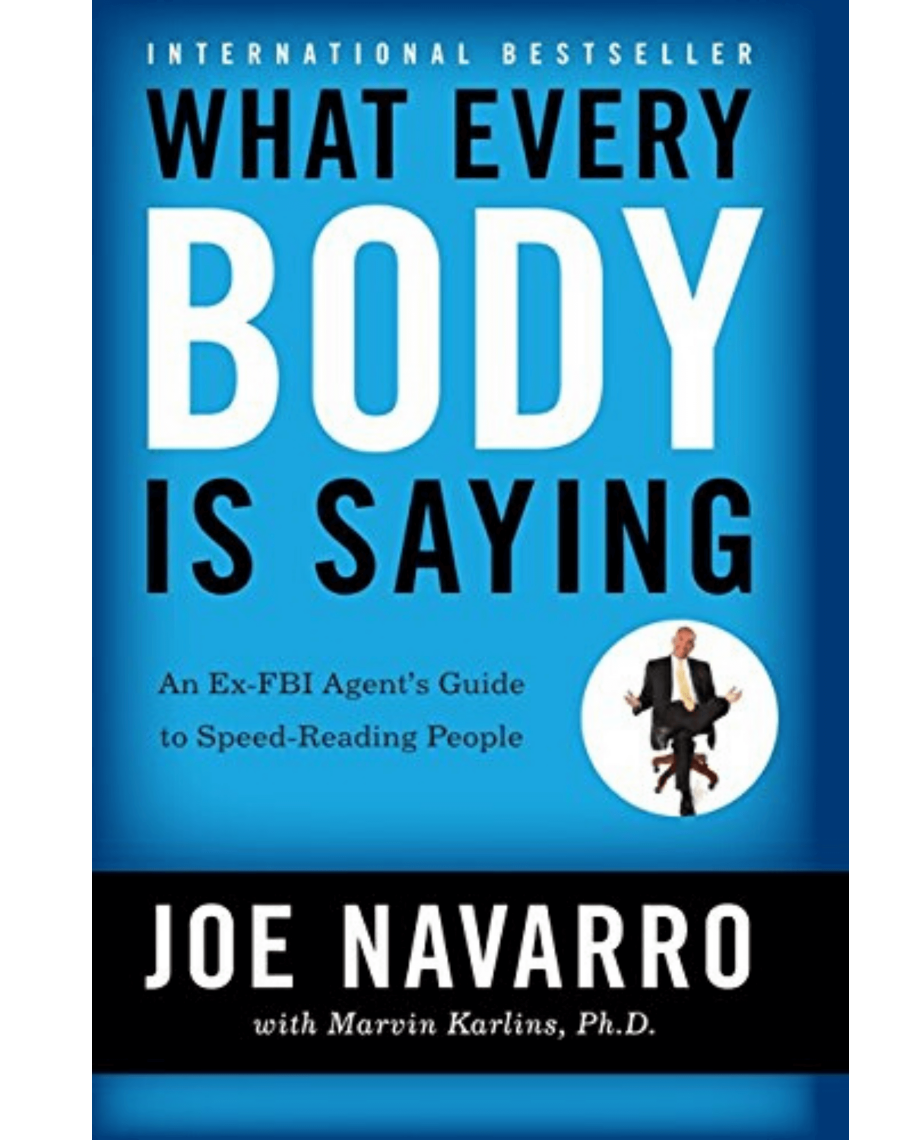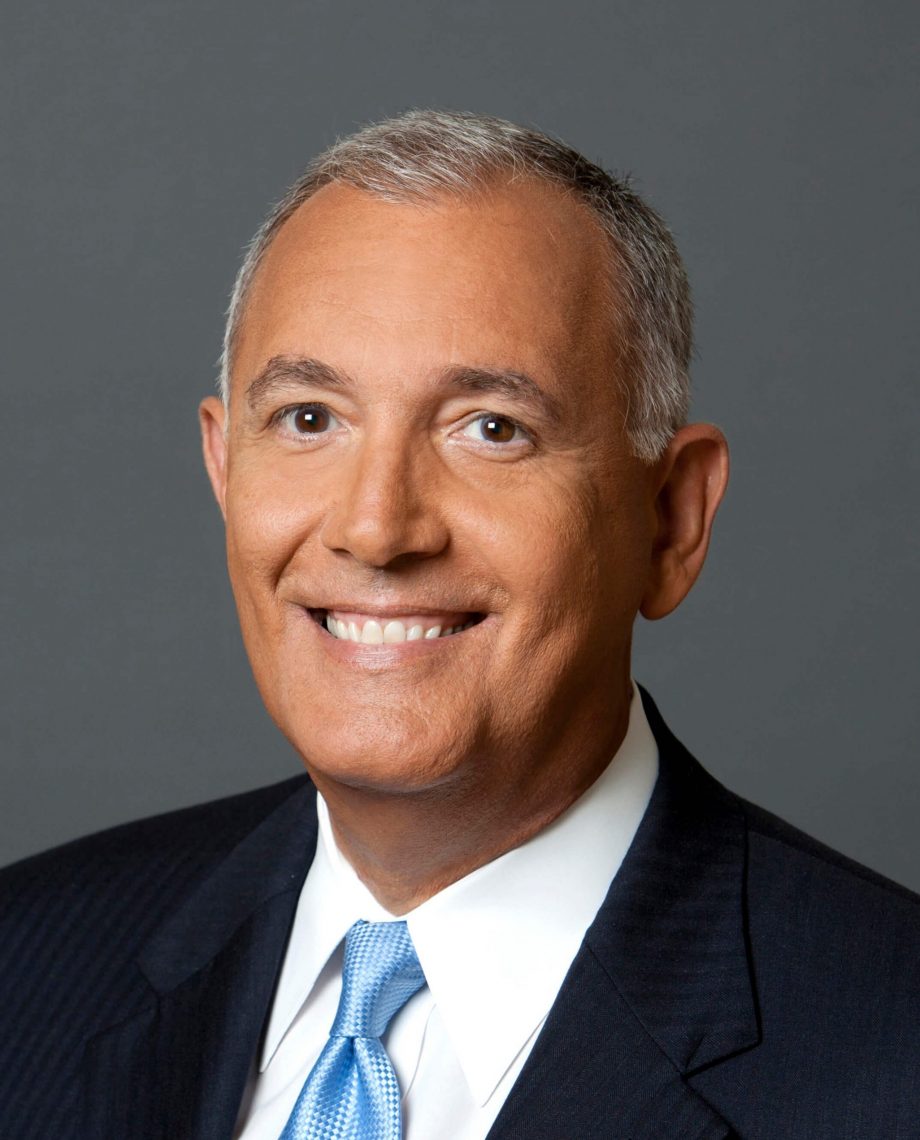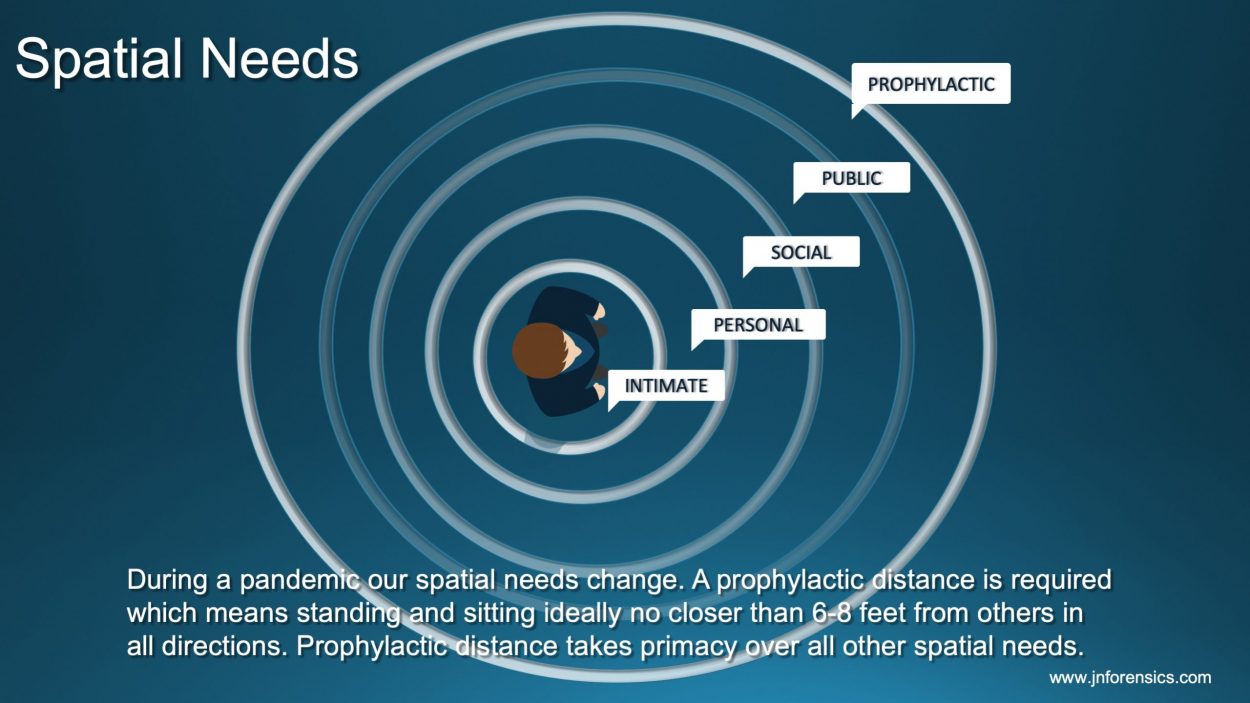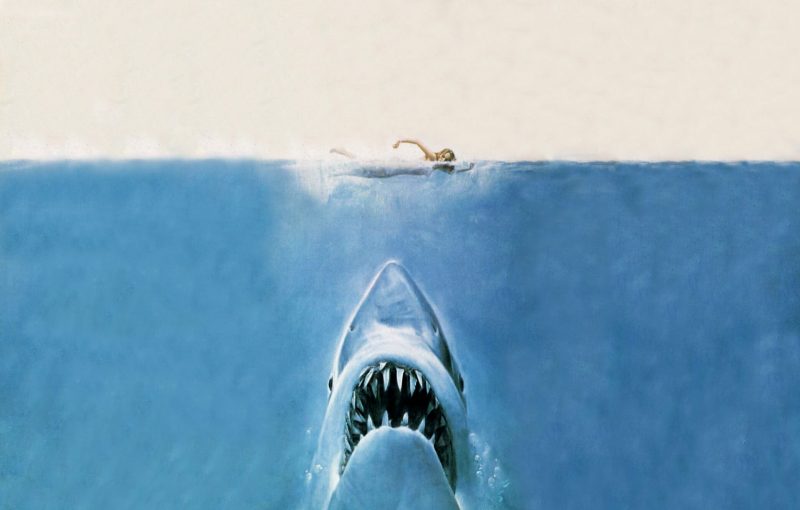Joe Navarro is one of the world’s foremost authorities on reading faces but as an FBI agent he was more interested in hands. “The average civilian will look at the face first,” he told StoryCode. “But in law enforcement you look at the hands because they can hurt you.”
Looking beyond the face to read people is becoming an important skill because many people are wearing masks to help prevent the spread of Covid-19: more than 40 countries have now asked their citizens to wear masks.
Seeing people wearing masks is a disturbing indication of the scale and impact of the pandemic but it is also a disconcerting reminder of how much we rely on mouths and noses to understand how other people are feeling and to communicate how we are feeling.
Storytelling for Marketers
The Wonderful Wizard of OzStorytelling for Leaders
Moby DickStorytelling For Lawyers
Alice’s Adventures in Wonderland



